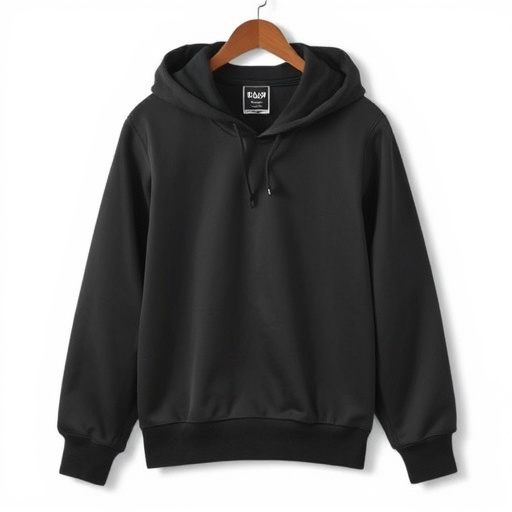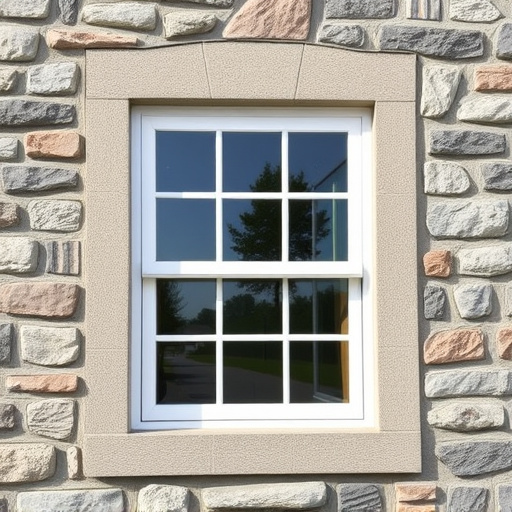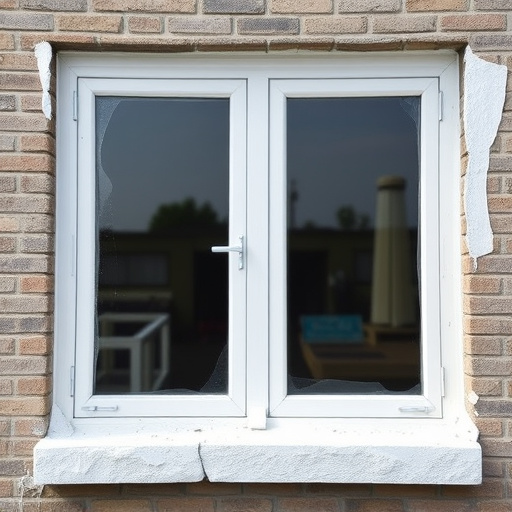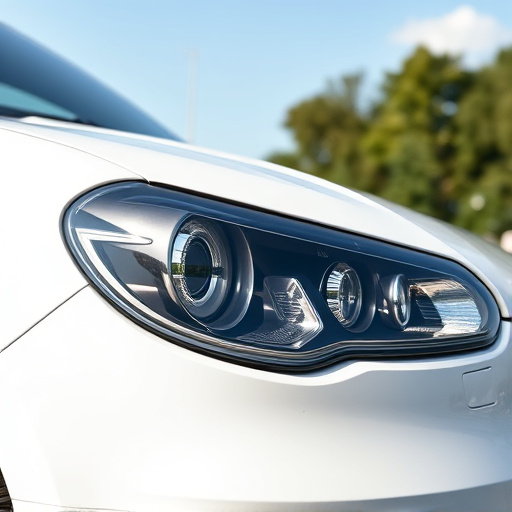Door edge protection has evolved significantly, driven by advancements in automotive technology and shifting consumer preferences. Early models offered minimal defense, but modern protectors use advanced materials like polypropylene for superior impact and UV resistance. Popular methods include window tinting, vinyl wraps, and paint protection film, addressing aesthetic and protective needs of contemporary car designs with sharp contours. Integrating seamlessly, these protections reduce paint damage, enhance safety, and cater to customization desires while preserving vehicle value.
In an era where modern cars boast sleek, aerodynamic designs, one often overlooked component persists—door edge protection. Once a staple for rugged vehicles, these guards have evolved alongside automotive trends. This article explores the journey of door edge protection from its past utility to its present relevance in modern car design. We delve into how contemporary innovations not only enhance aesthetics but also serve functional purposes, ensuring drivers and pedestrians stay safe on today’s roads.
- Evolution of Door Edge Protection: Past to Present
- Modern Car Design and Its Impact on Door Edges
- Benefits and Innovations in Contemporary Door Edge Guarding
Evolution of Door Edge Protection: Past to Present

Door edge protection has evolved significantly over the years, reflecting advancements in automotive technology and consumer preferences. Historically, vehicle doors were more rudimentary, with basic metal or plastic edges that offered little to no protection against impacts or scratches. As cars became more sophisticated, so did their design, leading to the introduction of door edge guards made from durable plastics and other materials. These early forms of protection aimed to prevent minor dents and scrapes, primarily during parallel parking or tight spaces.
Today, modern cars boast advanced safety features, including robust frames and sophisticated airbags. However, door edge protection remains a crucial component, not just for aesthetic purposes but also for safeguarding against more substantial damage. Modern door edge protectors are designed with advanced materials, such as high-quality polypropylene (PP), offering superior impact resistance and UV protection. Unlike their earlier counterparts, today’s protectors often integrate seamlessly with the vehicle’s design, providing both functionality and style. Moreover, professional PPF (Paint Protection Film) installation has become a popular trend, enhancing durability and offering an additional layer of protection against scratches, chips, and even some forms of minor impact damage, complementing window tinting as a comprehensive car care solution.
Modern Car Design and Its Impact on Door Edges
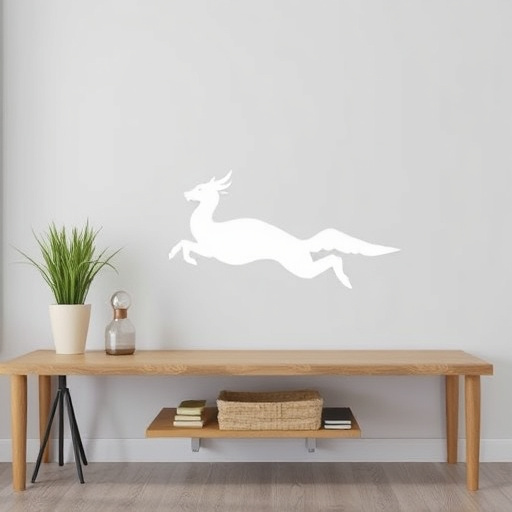
Modern car designs have significantly evolved over the years, with a focus on sleek aesthetics and advanced technology. While these changes have made vehicles more visually appealing and feature-rich, they also present unique challenges for door edge protection. In the past, cars often had more rounded edges and softer lines, which naturally provided some level of defense against minor impacts. Today’s designs, however, tend to showcase sharp contours and aggressive styling, leaving door edges more exposed.
This shift in design philosophy has led to increased consideration of door edge protection, not just for functional purposes but also as a way to preserve the vehicle’s aesthetic appeal. In light of this, solutions like window tinting, vinyl wraps, and paint protection film have gained popularity. These protective layers serve as a barrier against chips, cracks, and scratches, ensuring that door edges remain intact and looking their best, even in bustling urban environments.
Benefits and Innovations in Contemporary Door Edge Guarding

In contemporary vehicles, door edge protection has evolved beyond its traditional function to safeguard against minor bumps and scratches. Modern innovations in automotive design and materials science have led to advanced door edge guarding that seamlessly integrates both functionality and aesthetics. These new systems offer enhanced vehicle protection without compromising the sleek lines and sophisticated appeal that modern cars are known for. Moreover, door edge guards now come in diverse styles, from subtle trim pieces to more robust impact-absorbing barriers, catering to various preferences in car customization.
The benefits of these upgrades are numerous. Firstly, they minimize paint damage by providing a barrier against stones, debris, and other road hazards, reducing the need for costly paint correction. Secondly, advanced door edge protection can contribute to improved safety by dampening the impact of collisions, thereby enhancing the overall vehicle protection profile. Lastly, these innovations allow car owners to express their unique style while maintaining the integrity and value of their vehicle, making them a popular choice among those who appreciate both functionality and fashion in their door edge protection.
In today’s automotive landscape, modern car design has evolved to prioritize sleek aesthetics and lightweight materials. While this has led to some advantages, it also presents challenges for traditional door edge protection. However, as we’ve explored, contemporary innovations in door edge guarding have kept pace with these changes. Advanced materials, improved designs, and enhanced safety standards ensure that modern cars still benefit from effective door edge protection. By embracing these developments, automakers can provide both style and security for today’s drivers.

